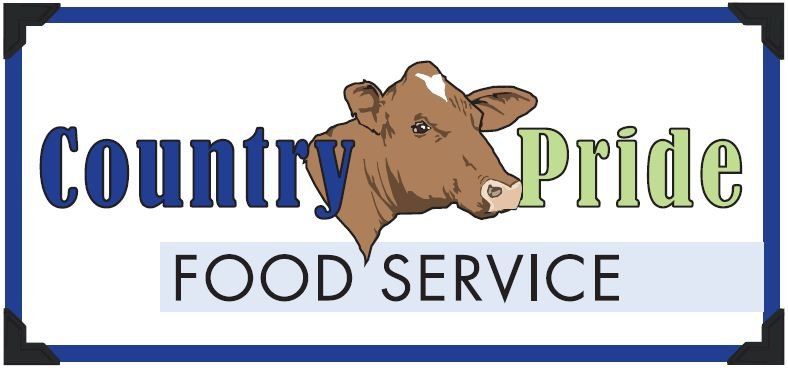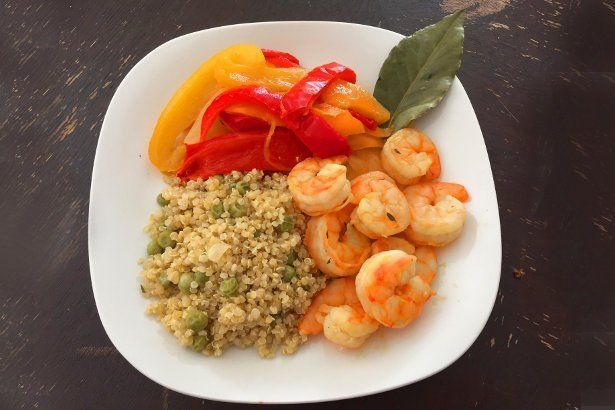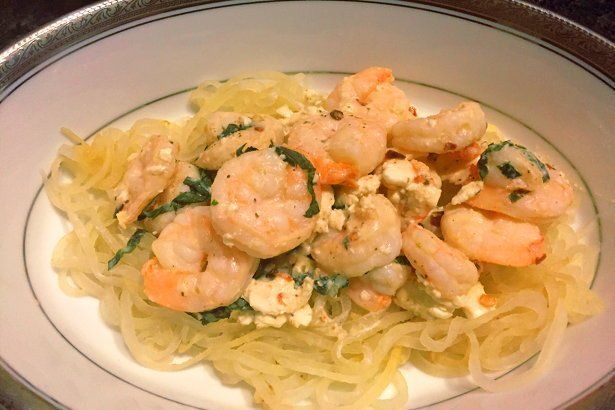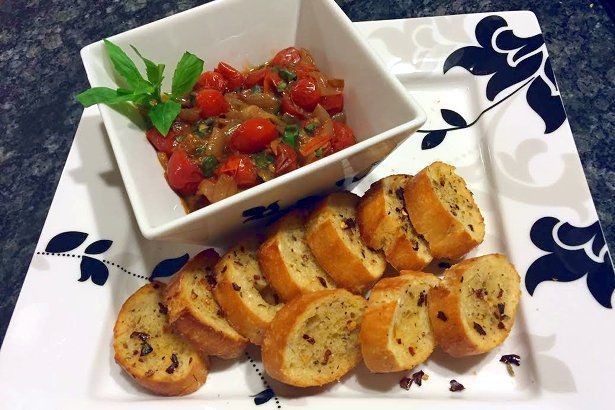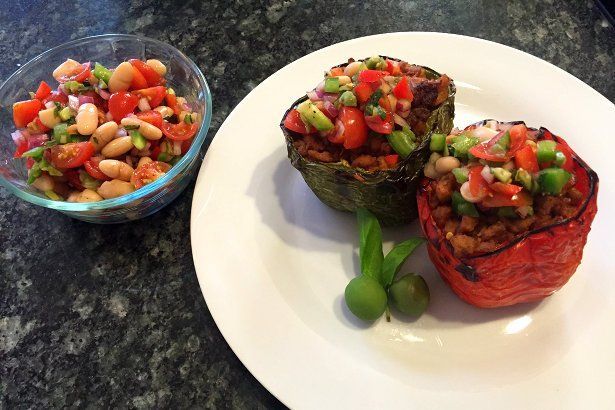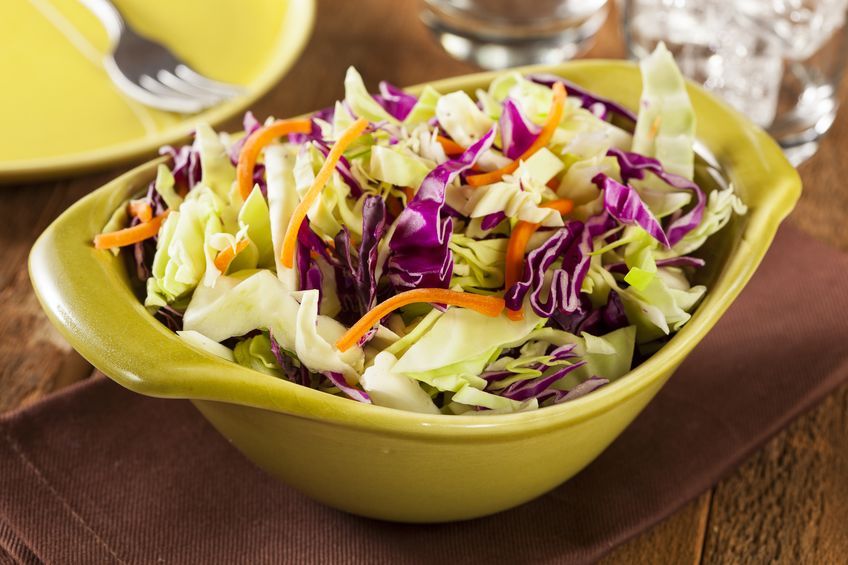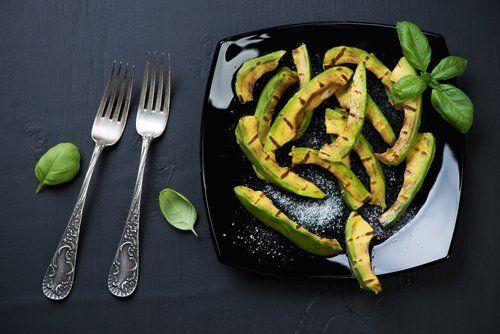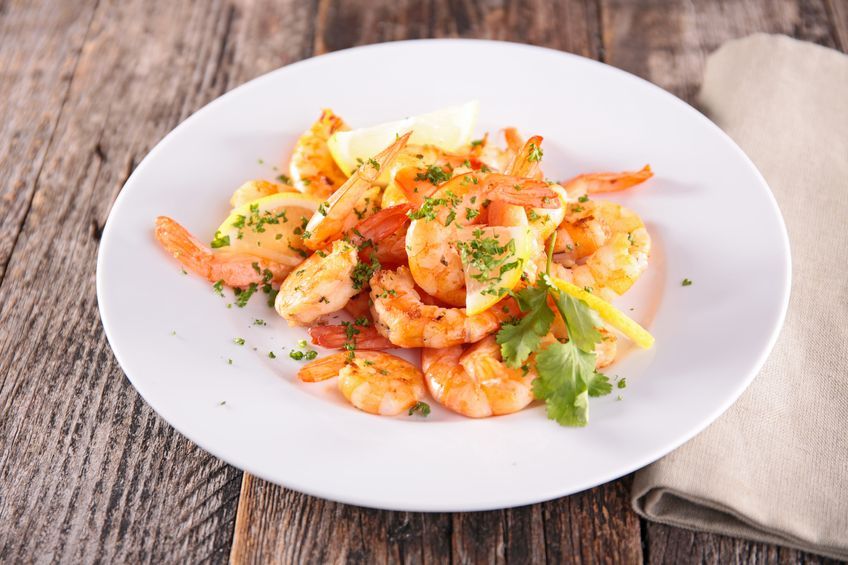Summer Grilling Tips
- By Fred Fort
- •
- 23 Jun, 2015
- •
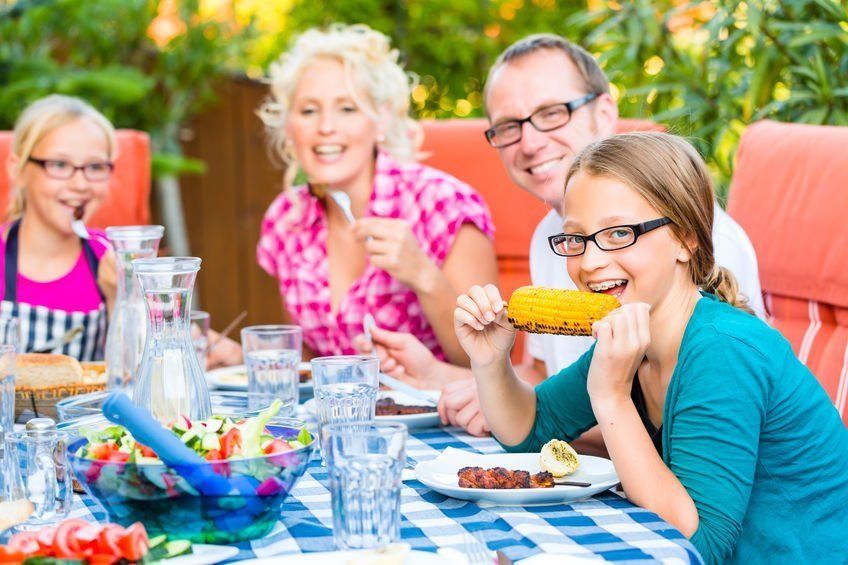
By Dana Yarn, RDLD
Grilling is a great way to prepare food at home, at a park, camp site or at a bonfire. Grilling controls the fat content, maintains flavor and is a quick way to prepare a meal on the fly. The best part of grilling for anyone who is busy is the minimal amount of dishes that need to be washed.
Grilling Tips:
Marinade meats 24 hours prior to placing on the grill to maintain flavor, and moisture while grilling. Especially boneless skinless chicken breast, these tend to dry out quickly.
Grill vegetables to avoid losing nutrients, over cooking vegetables while steaming on stovetop reduces nutrient content and fiber. Lightly coat in olive oil and fresh or dried herbs and wrap in foil or grill pan.
Don’t forget about dessert. The grill is not just for meat, and veggies, dessert like banana boat S’mores, grilled pineapple skewers, and grilled cinnamon apple slices are all healthy sweet treats that can prepared on the grill.
Grilling safety and food safety tips: It is important to keep safety in mind especially with children around at a campsite or fire pit. Food preparation and storage are essential in reducing bacteria exposure.
• Avoid foods that may produce dripping fat. Foods that can create hot, drippy fat as they cook-certain cuts of steak, bacon-may cause flare-ups and should be avoided. Avoid cooking with oils, this may cause a flame flare up too. A Dutch oven offers more reliable heat than a frying pan with added protection from splatters.
• Keep it cold or not, nothing in between. Pulling raw meat or poultry out of your fridge for your outing? Make sure you keep the food well packed in ice leading up to grill time: Bacteria can grow dangerously on food that warms to between 40 degrees Fahrenheit and 140 degrees Fahrenheit, conditions that create a breeding ground for food-borne pathogens. Food should never sit out for more than three hours-or one hour, if the outdoor temperature is very hot.
When grilling, always use a meat thermometer. Food needs to be heated to between 140 degrees Fahrenheit and 165 degrees Fahrenheit to kill any food-borne pathogens.
• “If it goes in the campfire it stays in the campfire.” This rule is the most important to establish before the campfire is even lite. A child may want to fish out the lost marshmallow, but make sure you have plenty extra so it can burn away if something drops in the fire.
• Put out, clean up, and secure your site. Always have a bucket of water or sand on hand to extinguish the fire when you’re done with it. Once the flames have been extinguished and the embers stop hissing, stir the ashes using a metal skewer. Pour on more water or sand. Repeat this process until the ashes are completely cold and wet or smothered.
